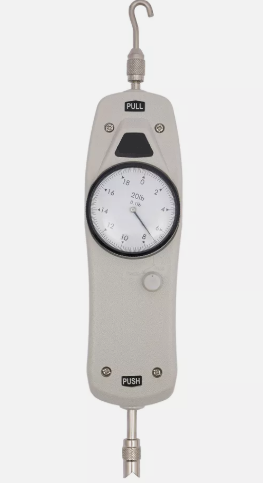
When it comes to building and installing doors, many people assume that the process is a no-brainer. You only need to get the right measures and screw them into place, right? But without proper consideration in a door installation, it can lead to accessibility issues that make opening and closing doors a hassle to use.
There are plenty of factors considered behind a door installation—from the size, shape, and even the door’s opening force and closing speed. You also have to think about the door’s users, as people with disabilities or senior citizens may need more adjustments to use doors as smoothly as possible. With that in mind, what do you need to consider when adjusting your home’s doors?
The opening force refers to the pressure needed to open a door. This is based on the door’s weight and the materials and components used for construction.
When adjusting these two factors, the ADA Standards suggest interior doors should have a force of no more than five pounds and have no “jerking” motion when opening for better accessibility and usability of the door.
When you need to adjust the two factors, this usually involves minor adjustments to the hinges, latch, closer and strike plate.
Closing speed refers to the amount of time it takes for a door to close behind someone as they pass through. When adjusted properly, The closing, or swing speed must not be faster than five seconds. The closing or swing distance is from the open position at 90 degrees to 12 degrees from the latch. Latching speed isn’t specified, but should be fast enough to latch the door but not slam it. This enables people to get through the doorway without any injuries.
When it comes to adjusting closing speed, this is usually done by adjusting the hinges and latch. Ideally, a door’s closing speed should take no more than five seconds to close. If a door closes too quickly, it can possibly injure people using the entranceway.
The way to adjust a door is to make sure that it opens and closes as smoothly as possible. But there are times when a new door doesn’t move smoothly. This can actually be a sign of a problem with the frame, hinge, or door itself.
Common problems include door warping, stripping, or loose hinge screws. If you notice that your door has any of these issues, it’s best to call a pro for help. They will address these problems with the door and make sure that it moves smoothly when opened and closed.
When it comes to door hinges, a few common problems include loose screws, stripped screws, and broken or stripped threads.
Knowing how to adjust your doors is critical to ensure that your entryways are accessible to all users. This not only makes your doors more functional but also gives you peace of mind that people can get inside your home or apartment easily.
In addition to adjusting your doors on your own, it’s always best to get a professional —be it a handyman, carpenter, or local contractor—to help adjust your doors. They have the right tools to ensure that your doors are adjusted properly and safely.
All Things Inspector provides all the tools you need to thrive in the inspection industry. We offer specialty tools for fire door inspections, ADA door pressure gauges, door gauges, ADA knee clearance and even have fire door inspection checklist. Learn more about how we can take your next inspection to the next level!



Measuring door pressure is acting in compliance with building regulations, like the Americans with Disabilities Act (ADA). It’s an important step in ensuring accessibility, safety

When talking about building safety, the first things that come to mind are fire alarms, emergency exits and security systems. Meanwhile, the one tool that